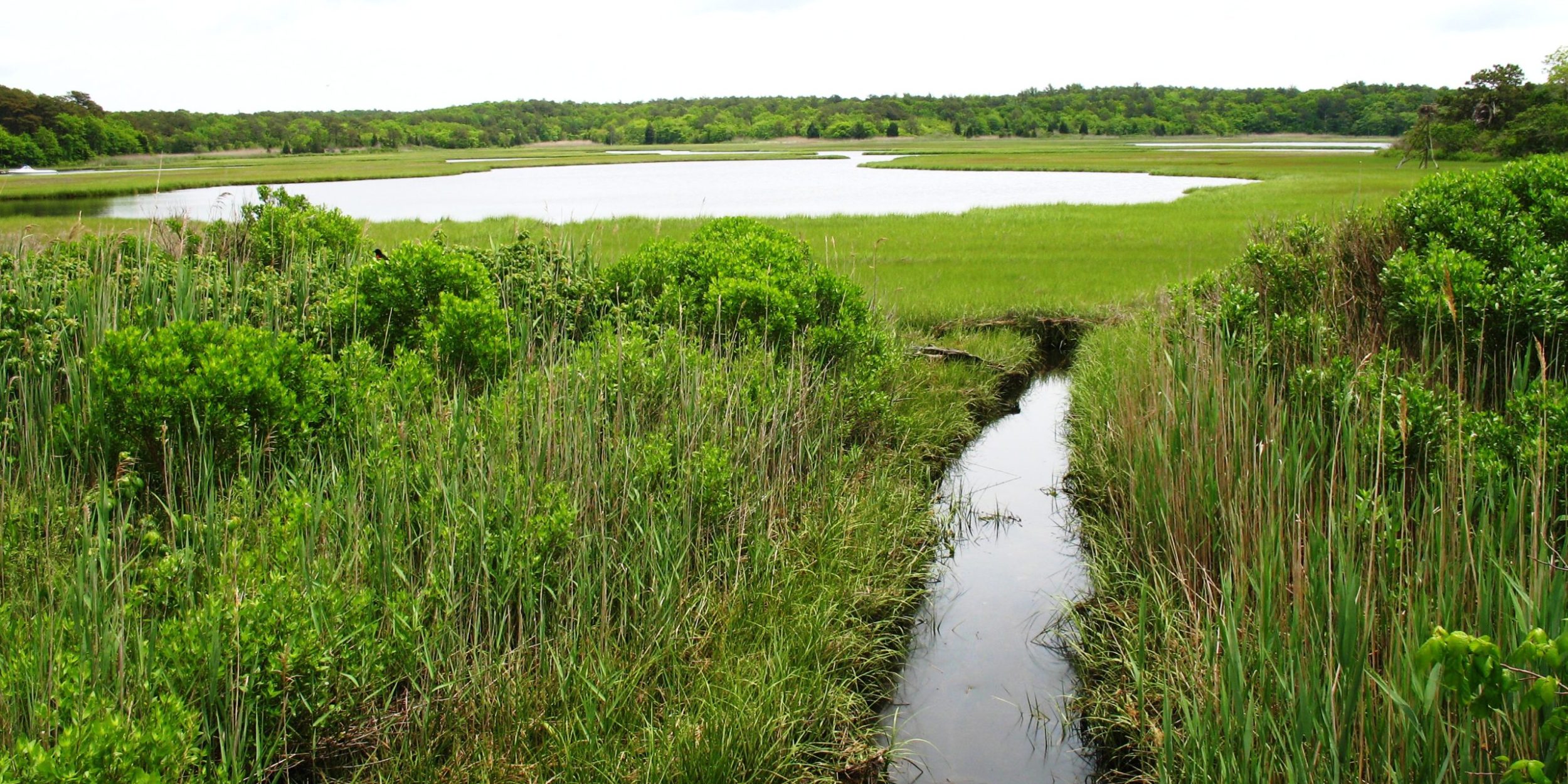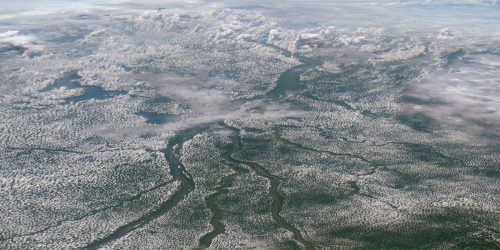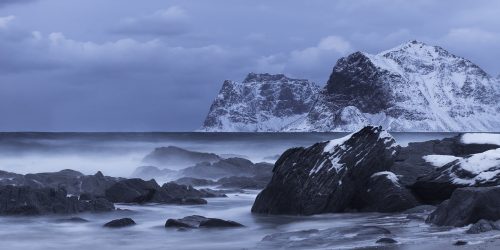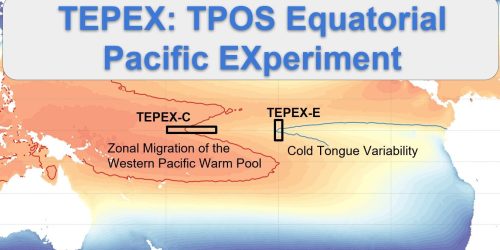

The nation’s 28 National Estuarine Research Reserves (NERR) are experiencing the negative effects of human and climate-related stressors, according to a new research report from the National Ocean Service that was funded by NOAA’s Climate Program Office.
The NOAA-funded national study, Climate Sensitivity of the National Estuarine Research Reserve System, points to three East Coast reserves – Sapelo Island NERR in Georgia, ACE Basin NERR in South Carolina and Waquoit Bay NERR in Massachusetts, and the Tijuana River NERR on the California-Mexico border – as the most sensitive to climate change.
“The National Estuarine Research Reserves are uniquely positioned across the U.S. to assess ongoing climate change in our nation’s estuaries which is the degree to which the natural resources and the local communities who depend on them are affected by changing climate conditions,” said Dwight Trueblood Ph.D. a co-author and NOAA program manager for the study. “This information is important to helping coastal managers and local community leaders make informed decisions about the best ways for coastal communities to adapt to climate change.”
Estuaries are places where rivers meet the sea, providing nursery habitat for fish and shellfish while buffering many coastal communities from the impacts of coastal storms and sea level rise. The climate exposure of each reserve provides first alarm indicators about the effects of climate change on the coastal ecosystems. Ongoing research at each of the reserves provides real-time data about how climate change impacts these important natural resources.
Almost 40 percent of all Americans, or about 123 million people, live in the counties directly along the shoreline and depend on these resources for food, jobs, storm protection, and recreation. Approximately 50 percent, or $6.6 trillion, of the nation’s gross domestic product comes from coastal watershed counties which support more than 51 million jobs.
Researchers determined the extent of relative climate sensitivity in the reserves by looking at five factors: social, biophysical, and ecological sensitivity, and exposure to temperature change and sea level rise.
The study was conducted by a collaborative, interdisciplinary team of investigators from the University of Wisconsin, NOAA’s National Centers for Coastal Ocean Science, and https://coast.noaa.gov/ working with staff across the National Estuarine Research Reserve System.
To view the full press release, visit: http://nerrs.noaa.gov or www.noaanews.noaa.gov
To download a digital copy of the full study, visit:
http://www.nerrs.noaa.gov/Doc/PDF/Research/130725_climate%20sensitivity%20of%20nerrs_Final-Rpt-in-Layout_FINAL.pdf.










